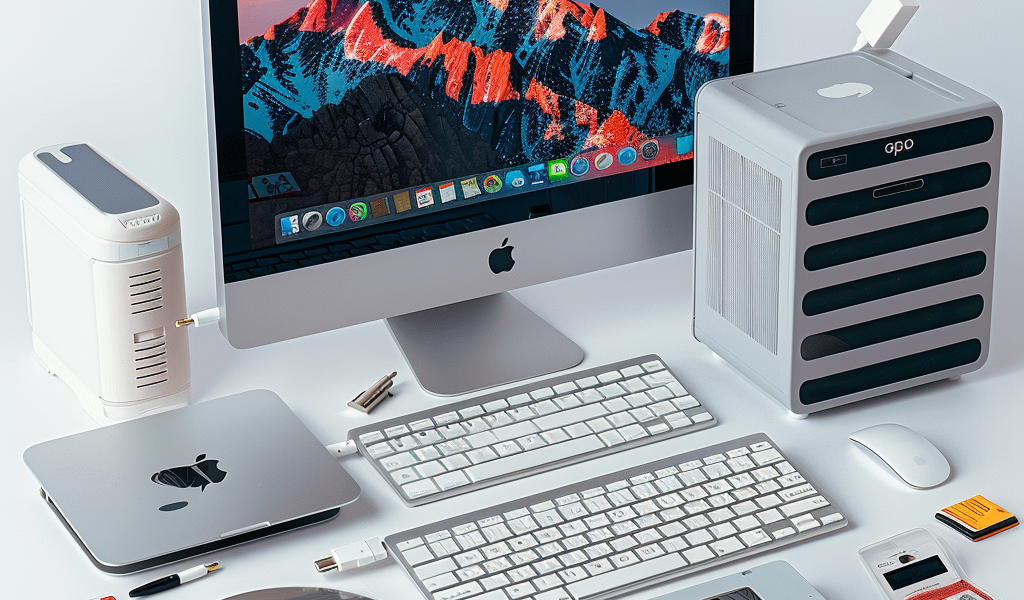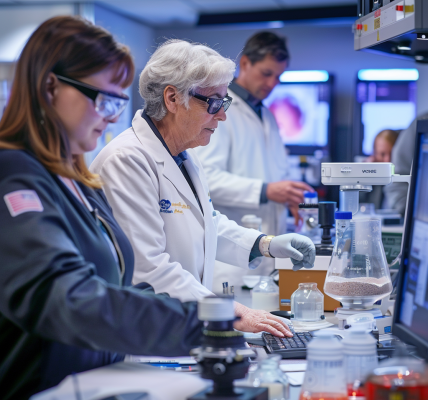Creating boot media for PowerPC Macs on modern hardware has become a bit more challenging as technology has evolved over the years. However, it is still possible to make classic Mac OS 9 and early Mac OS X boot media on your modern Mac. This guide will walk you through the process of creating bootable macOS media for installation on older Mac computers.
Mac OS 9
Before the Mac OS X era, Apple introduced Mac OS 9 as the final version of its original Mac operating system. Mac OS 9, with its last version being 9.2.2 released in late 1999, ran on PowerPC CPUs developed through a collaboration between Apple, IBM, and Motorola.
Prior to Mac OS 9, there were iterations like Mac OS 8, System 7, and System 6. The original Mac OS lacked an official name and was distributed on 3.5-inch floppy disks. It was a simple single-user, non-multitasking OS, unlike modern operating systems like UNIX or Linux.
Creating Boot Media
To create Mac OS installer boot media, whether on a CD, DVD, or USB thumb drive, specific conditions must be met. For Mac OS 9, the media should include a System Folder, a ‘blessed’ System file, and an installer. Simply copying installer files onto new blank media may not always result in a bootable installer.
While DVD drives are no longer standard on most Macs, you can still utilize an external USB DVD drive to access these disks. Late 1990s Macs like the original iMac, eMac, iBook laptops, and G3 and G4 desktop models included Mac OS X along with various Apple and third-party applications on DVD or CD-ROM installer disks.
When attempting to boot from an external Mac OS installer disk, it is essential to ensure all necessary components are present for successful booting. By following specific guidelines and meeting requirements, you can create bootable media for PowerPC Macs on modern hardware.





